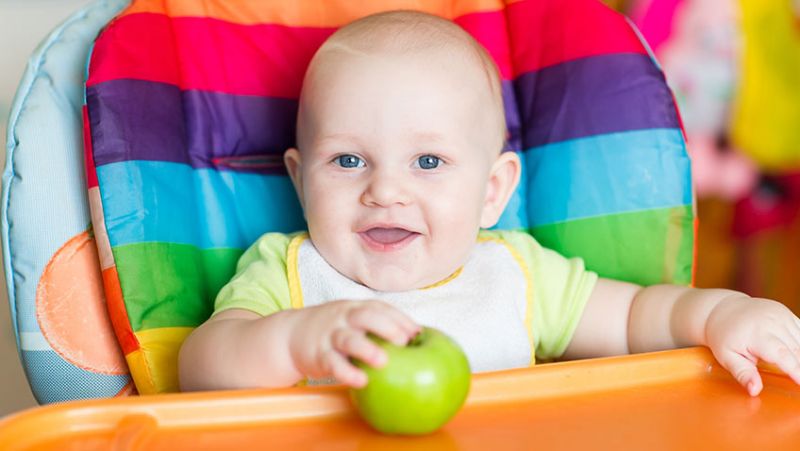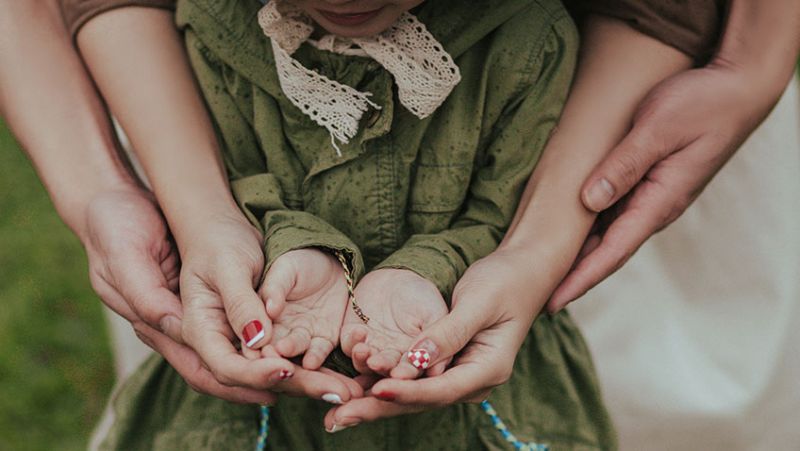
Introducing numbers to preschoolers is one of the most important steps in early childhood education. When kids get comfortable with numbers at a young age, it sets the foundation for lifelong skills in maths, critical thinking, and problem-solving. Whether you're a parent, early years educator, or a professional childminder, there are plenty of fun, creative, and effective ways to support young children as they begin to explore numbers for the first time.
In this post, we’ll explore tried and tested techniques for teaching numbers to preschoolers, with a focus on building number sense through hands-on play, visual learning, and daily routines. These strategies are not only educational—they are also engaging and age-appropriate, helping children learn through discovery and imagination.
1. Start with Number Recognition
The first step in teaching numbers is helping children recognise the numbers themselves. Start with simple visual aids such as wall posters, flashcards, and picture books. Make sure the numbers are large, colourful, and easy to identify, especially for children who are visual learners.
You might begin by focusing on numbers 1–5 and use repetition through songs (“One, Two, Buckle My Shoe” or “Five Little Monkeys”) or daily activities like counting snacks or fingers. Reinforce number shapes by tracing them in sand, on paper with crayons, or even on steamed-up mirrors in the bathroom. This tactile experience helps children connect physical movement with numeric shapes.
Another great technique is associating numbers with familiar objects. For example, “1 sun,” “2 eyes,” “3 apples.” Use real objects and intuitive examples to help children internalise what those numbers represent.
Create a number wall in your home or classroom and update it weekly. This visual scaffolding serves as a passive learning tool, keeping numbers in sight daily as a reminder and reinforcement.
2. Use Real-Life Counting Opportunities
Counting must have context. Integrating numbers into everyday life helps children see them as meaningful and functional. Encourage counting throughout the day—whether it's counting stairs as they walk up, pieces of fruit as they eat, or toys as they clean up.
When dressing up, count buttons on a shirt. When preparing meals, count spoons or plates. Incorporate numbers into your daily schedule: “In five minutes, we’ll have snack time.” This creates a natural awareness of time and activity duration, simultaneously reinforcing numeric concepts.
Introduce basic math vocabulary like ‘more’, ‘less’, ‘same’, and ‘a lot’ early on. Engage children in comparing quantities by asking questions like, “Who has more crayons?” or “Do we have the same number of cups and plates?” These simple exercises help build number sense and early logic skills.
Shopping and baking are perfect for practical maths too. When baking, count scoops of flour or tablespoons of sugar together. At the shop, involve your child by having them count items as you put them into the trolley.
3. Incorporate Songs and Rhymes
Preschoolers love songs. Musical memory is a powerful learning tool, and there are countless nursery rhymes and songs focused on counting. Rhythmic patterns, repetition, and fun melodies help reinforce number sequences and promote auditory learning.
Classics like “Ten Green Bottles” or “Five Little Ducks” introduce children to number order, subtraction, and pattern recognition in a way that's joyful and memorable. Combine the songs with hand movements or finger puppets to further enhance engagement and retention.
Music also supports language development alongside numeracy. When children sing counting songs, they’re improving their vocabulary, pronunciation, and rhythm along the way. This strengthens both literacy and numeracy in tandem.
Create a music corner at home with counting songs on-demand. Include plenty of musical instruments such as drums or tambourines, and encourage kids to tap or clap along while counting.
4. Make Number Play Part of the Daily Routine
Play is the language of preschoolers. Making numbers part of structured and unstructured playtime invites children into imaginative worlds where learning is effortless. Incorporate number-themed toys and games into their daily activities—consider puzzles, LEGO blocks, number matching games, board games, and shape sorters.
Use building blocks to create towers of different heights and ask, “Which tower has more blocks?” or “Can you build a tower with six bricks?” This reinforces number concepts through visual and spatial reasoning.
Try using chalk to draw numbers on the pavement and turn it into a jump game—children jump on numbers in order or hop to even numbers only. The combination of movement and numbers supports gross motor skills and numeric learning at once.
Role-play activities also allow for subtle number learning. In ‘shop’ games, children can count money, stock shelves with a certain number of cans, or serve ‘three plates of food’ in their pretend café.
5. Introduce Early Maths Through Storytelling
Books are powerful tools for introducing new concepts, and many picture books incorporate counting themes naturally. Stories like “Ten Little Ladybugs,” “Pete the Cat and His Four Groovy Buttons,” or “Anno’s Counting Book” are beautifully illustrated titles that help children discover numbers through narrative.
Reading together provides shared attention and opportunities for dialogue. Pause during the story to ask questions that involve counting, comparing or predicting: “How many cookies are left?” or “What do you think comes after number five?”
Choose books that gradually increase in complexity to reflect the maturing understanding of your preschooler. Look for books that use different objects, scenarios, or themes—animals, toys, holidays—to keep learning fresh and relatable.
Encourage children to “tell” the story themselves afterward, reinforcing comprehension while trying to remember and retell number sequences and quantities.
6. Create a Number-Rich Learning Environment
The environment plays a significant role in the way children absorb knowledge. A number-rich space at home or in the classroom subtly reinforces numeric understanding through consistent exposure and opportunity for discovery.
Label items with numbers, such as cubbies, toy bins, or seats. Use number placemats at the dining table and incorporate number magnets on the fridge. Having these visual cues around the home adds passive learning value without structured activities.
Set up a “Math Corner” with materials designed to encourage curiosity, including counters, dice, toy clocks, measuring tapes, abacuses, and number cards. Rotate them regularly to maintain interest and adapt to your child’s development level.
Display their numeric drawings or stickers to create a sense of pride in their learning efforts. Celebrate small successes with stickers, charts or praise when they show improvement in number recognition or counting ability.
7. Monitor Progress and Celebrate Milestones
Every child learns at their own pace. It’s important to offer encouragement and praise while also watching out for signs of struggle or boredom. Instead of pushing children too fast, build on what they know and increase complexity gradually.
Make use of visual progress trackers or reward systems. A simple chart with stickers for each new number mastered can be motivating. Incorporate goal-setting into your play, like “Today let’s try to find the number 7 in our book!”
Progress doesn’t have to be measured only by a child’s ability to recite the number sequence. Look at how they apply numbers in different contexts, like setting the table correctly or recognising quantities during play.
Engage parents and carers in the process by recommending easy reinforcement activities at home. Share milestones with them and encourage discussion about number-related play outside school.
Ready to Start? Keep it Fun!
Teaching numbers to preschoolers isn’t about pressure—it’s about exposure and playful interaction. Through these early experiences, children learn not only how to count but also why numbers matter in their world. Keep the learning dynamic, colourful, hands-on, and above all, fun.
By integrating number learning into everyday routines, using play-based resources, and celebrating every small achievement, you'll help build a positive relationship with maths that will benefit children for years to come. Whether at home, in the nursery, or a playgroup setting, these methods are practical, effective, and backed by child development experts.




